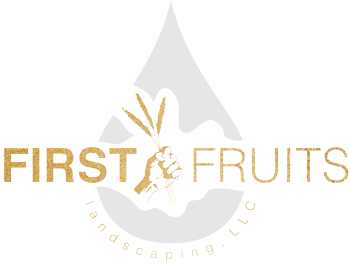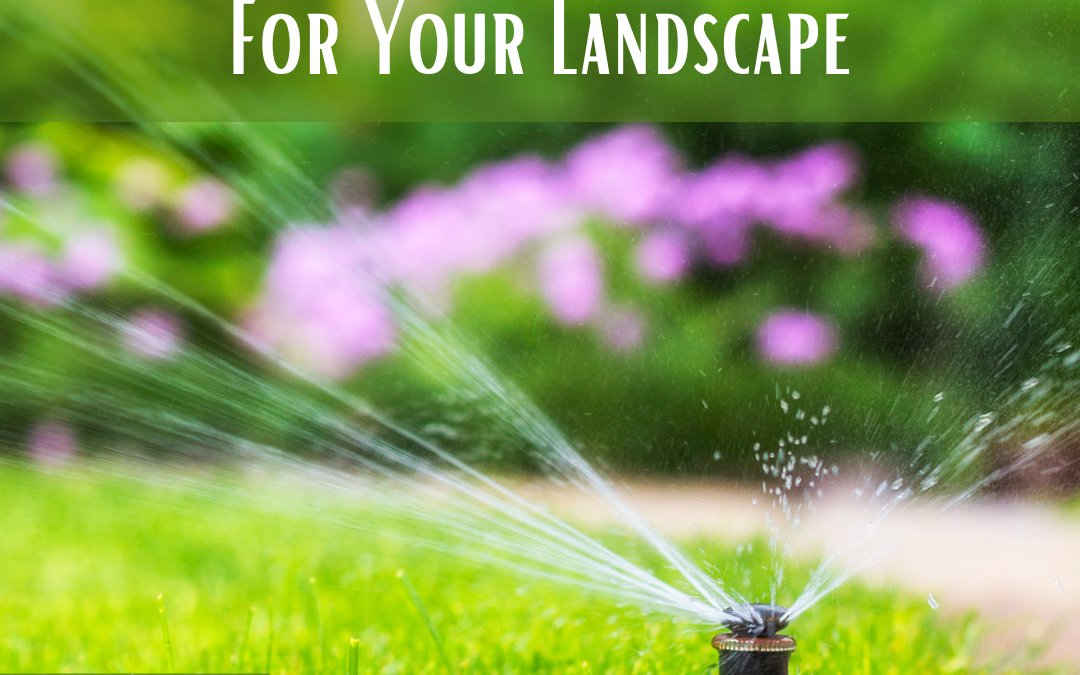When it comes to maintaining a lush and healthy landscape, choosing the right watering system is essential. Fortunately, there is a wide range of options available, each tailored to meet specific needs and provide distinct benefits. Whether you’re tending to a sprawling garden or caring for a collection of potted plants, understanding the various watering systems at your disposal is key to promoting optimal growth and water conservation. In this article, we will explore some of the most common types of watering systems, highlighting their advantages and suitable applications.
Different Watering Systems For Your Landscape
When it comes to maintaining a lush and healthy landscape, choosing the right watering system is essential. Fortunately, there is a wide range of options available, each tailored to meet specific needs and provide distinct benefits. Let’s explore some of the most common types of watering systems in more detail.
Sprinkler Systems
Sprinkler systems are widely used for irrigating large areas, such as lawns or athletic fields. They consist of a network of pipes connected to sprinkler heads that distribute water over the landscape. Sprinklers can be fixed or adjustable, and they come in various designs, such as rotary, oscillating, or impact sprinklers. The advantage of sprinkler systems is their ability to cover a large area with even water distribution, making them ideal for expansive landscapes.
Drip Irrigation
Drip irrigation is a highly efficient watering system that delivers water directly to the roots of plants. It uses small tubes with emitters that release water slowly, allowing it to soak into the soil near the plant’s base. Drip irrigation is particularly suitable for individual plants, garden beds, or areas with specific watering needs. It minimizes water wastage through evaporation or runoff and helps prevent weed growth by targeting water precisely where it is needed.
Soaker Hoses
Similar to drip irrigation, soaker hoses are made of porous material that allows water to seep out along the entire length of the hose. They are commonly used for watering vegetable gardens, flower beds, or hedges. Soaker hoses can be laid on the ground or buried slightly to deliver water directly to the roots of plants. They provide gentle and consistent watering, reducing water loss through evaporation.
Micro-Spray Systems
Micro-spray systems use low-volume sprinklers or misters to deliver water in a fine spray pattern. They are particularly suitable for small gardens, containers, or areas with delicate plants that require localized watering. Micro-spray systems are adjustable and allow for precise control over water application, preventing overspray and water waste.
Automated Irrigation Controllers
Automated irrigation controllers are devices that regulate the watering schedule for your landscape. They can be used in conjunction with sprinkler systems, drip irrigation, or other watering methods. These controllers often have sensors to measure soil moisture, rainfall, or temperature, allowing for more precise and efficient watering. Automated irrigation systems take the guesswork out of watering and ensure that your landscape receives the right amount of water at the right time.
Rainwater Harvesting Systems
Rainwater harvesting systems collect rainwater from roofs or other surfaces and store it for later use in irrigation. This eco-friendly approach helps reduce water consumption and lower utility costs. Collected rainwater can be distributed through drip irrigation systems, soaker hoses, or other appropriate methods, providing a sustainable water source for your landscape.
Manual Watering
While not a system per se, manual watering involves using a watering can, hose, or bucket to water plants by hand. This method is suitable for smaller gardens, potted plants, or areas where a more automated system may not be necessary or practical. Manual watering allows for a personal touch and the ability to observe individual plants’ specific water requirements.
In Conclusion
By understanding the different watering systems available, you can select the one that best suits your landscape’s size, plant types, water efficiency goals, and personal preferences. Combining the right watering system with proper maintenance practices will help you achieve a vibrant and thriving landscape while conserving water resources. It’s important to consider factors such as the size of your landscape, the type of plants you have, local climate conditions, and water conservation goals when choosing a watering system. Additionally, consulting with a professional landscaper or irrigation specialist can provide valuable insights and help design the most efficient watering system for your specific needs.
If you are looking for additional information regarding landscape design or continuous maintenance services in Snohomish County, we encourage you to get in touch with us. We will be able to provide you with detailed information and assist you with your specific needs.

